Abstract
Libraries, archives, and museums (LAMs) face a huge task in the digital age: they need to keep cultural memory alive. Ever since, traditional ways of preservation are being replaced or added to by digital technologies. To protect digital heritage, organisations need to come up with long-term plans. This study examines digital preservation, cultural heritage informatics, and how technology changes LAM institutions. It identifies the challenges caused by outdated technology, intellectual property rights, and digital inequality. It also highlights how international norms and institutional policies can help ensure digital assets are always available and accurate. The study further sheds some light on how new technologies like AI, blockchain, and cloud computing affect the protection of digital information. It highlights the importance of collaboration and sharing of digital tools by people from different fields in order to strengthen preservation efforts. The article also identifies some areas for future study, such as combining immersive technologies, quantum computing, and machine learning to improve digital heritage management. This piece is helpful for LAM institutions, policy makers, and researchers because it deeply looks at digital preservation strategies and best practices. It stresses the importance of a balanced approach that combines new technology with a moral duty to ensure digital heritage is accessible, inclusive, and safe for future generations.

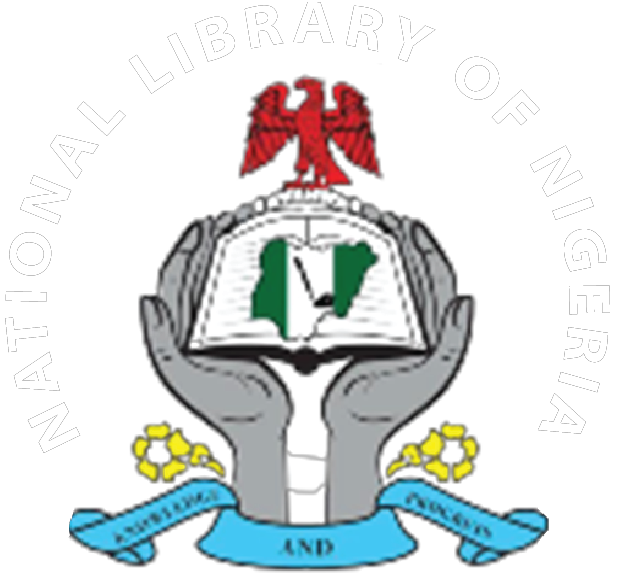
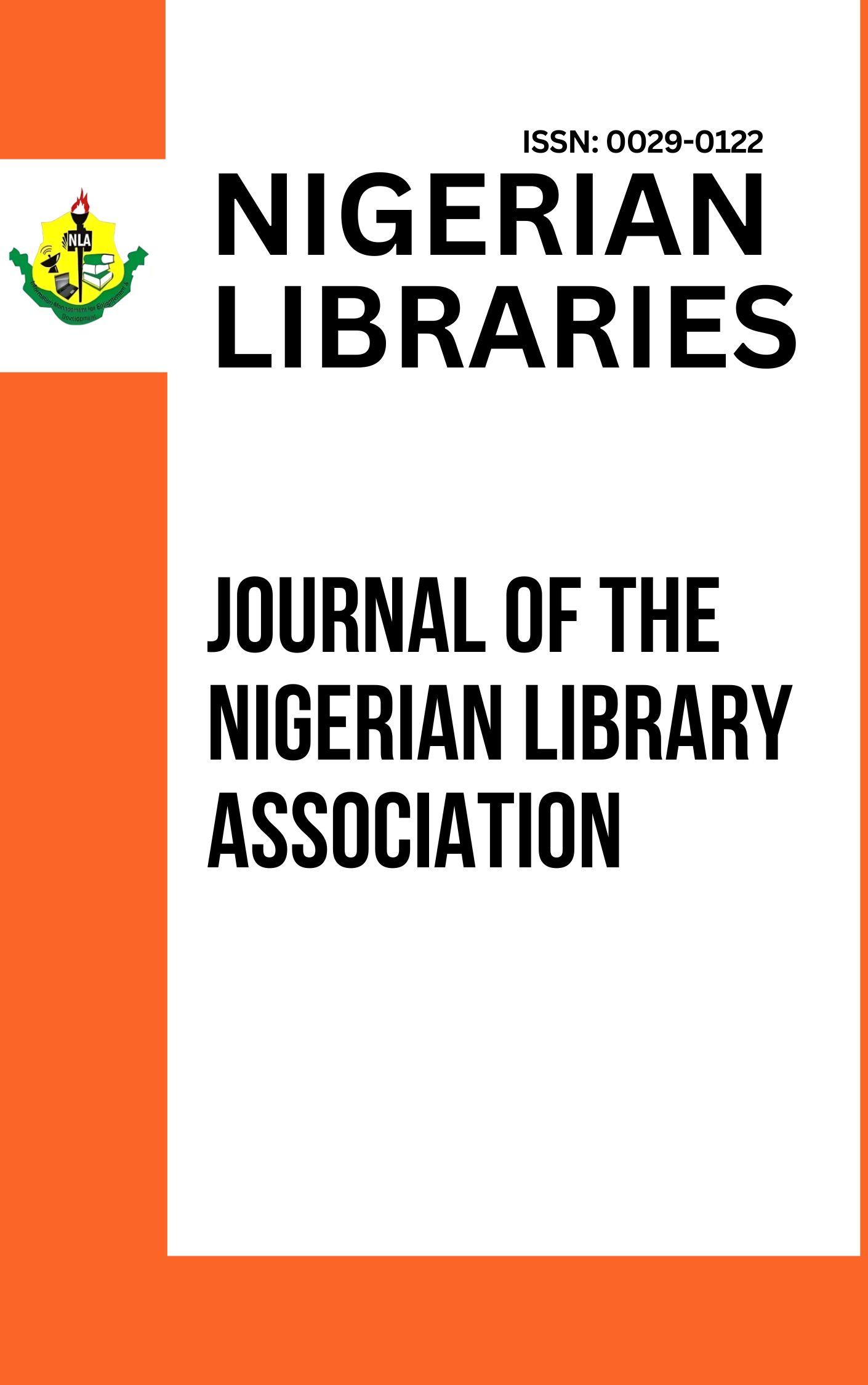
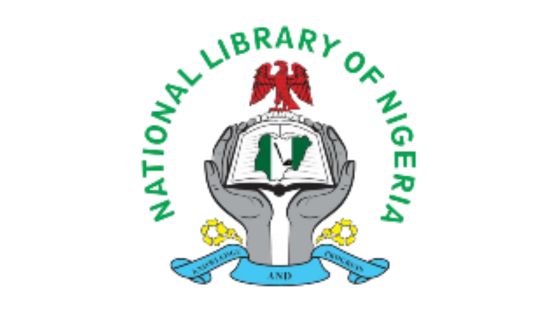 National Library of Nigeria
National Library of Nigeria.jpg) Association of Nigerian Authors
Association of Nigerian Authors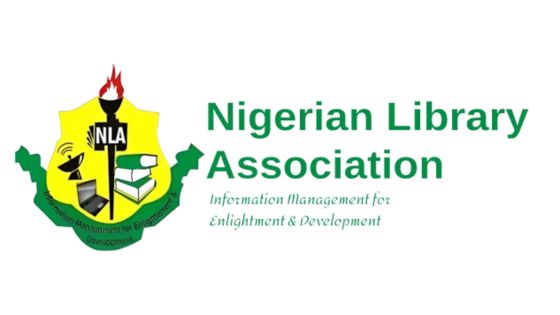 Nigerian Library Association
Nigerian Library Association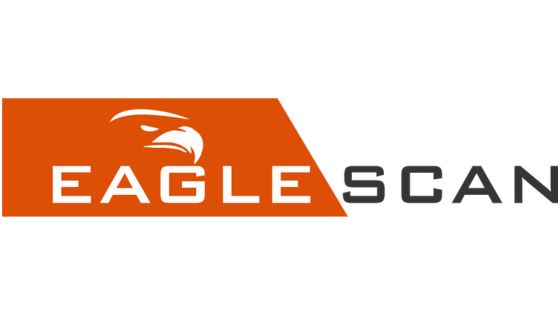 EagleScan
EagleScan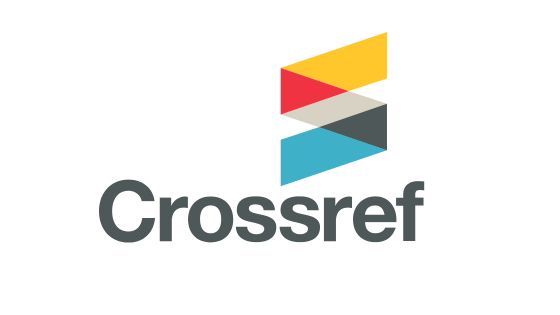 Crossref
Crossref